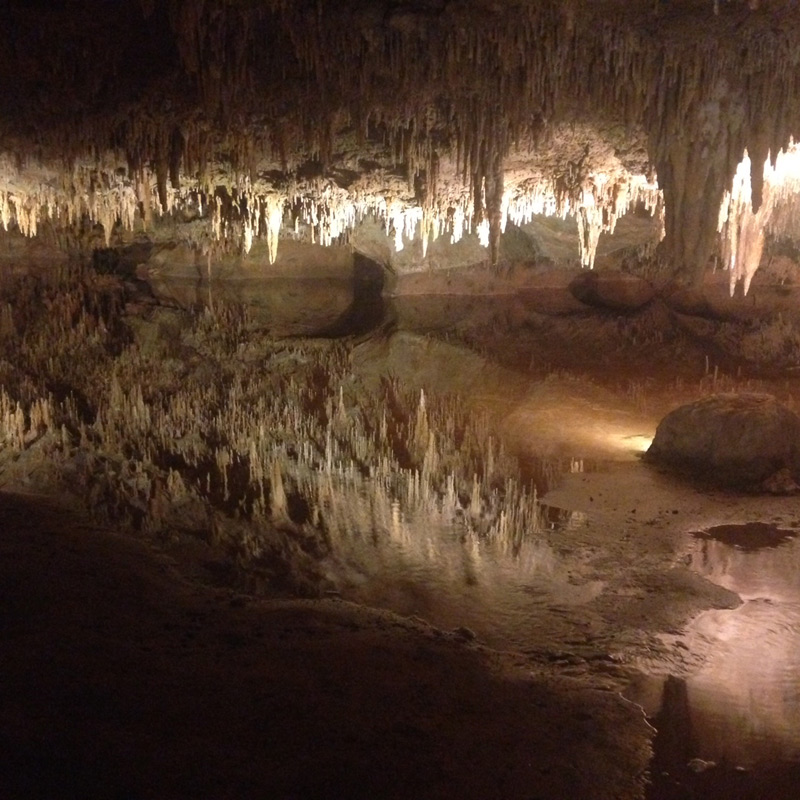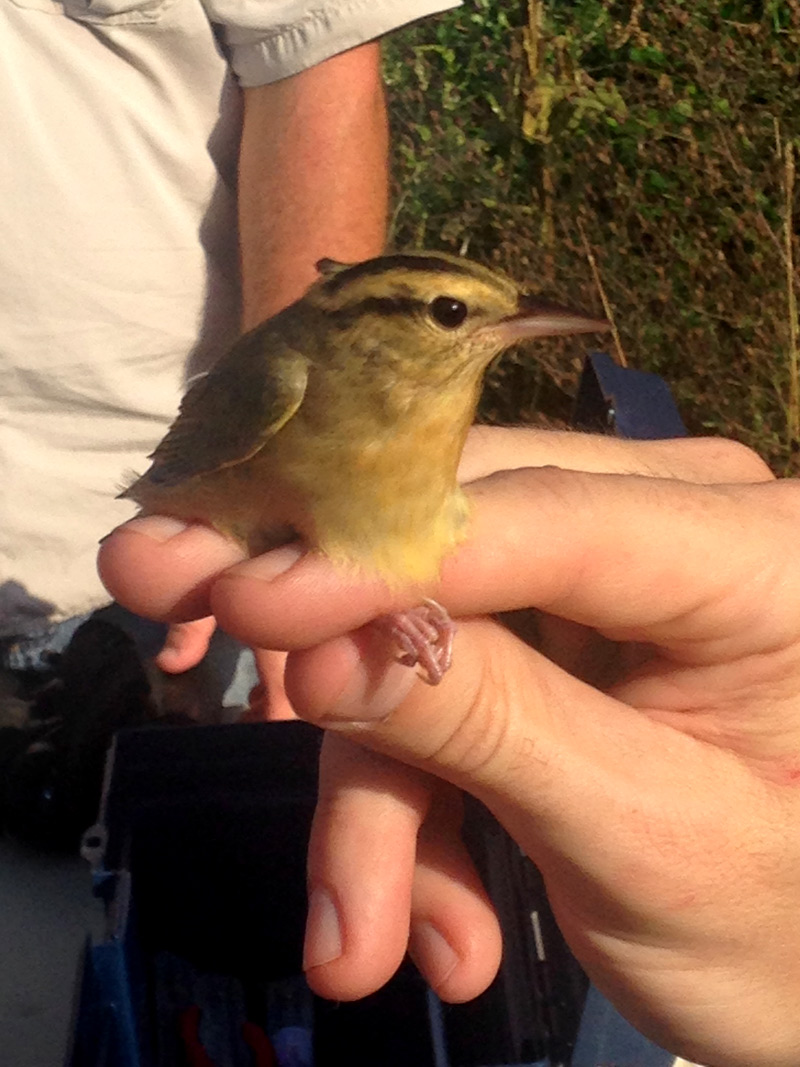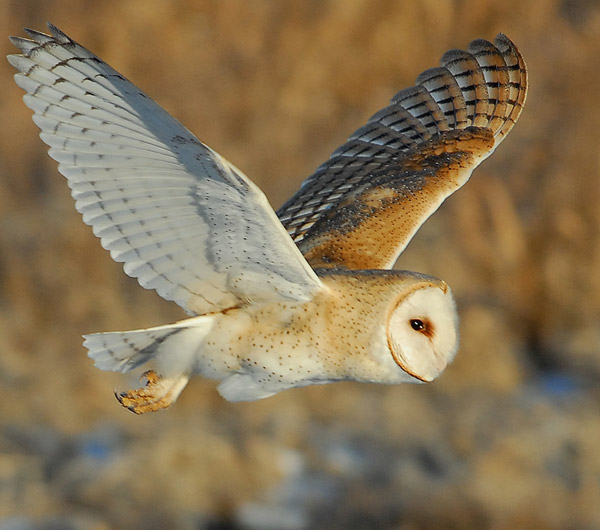Utah County Birders Newsletter
|
 |
Contents
October Meeting
Upcoming Field Trips
2014 Birding
Challenge reminder.
Captain’s Log
Bird of the Month
Backyard Bird of the Month
September Hotline Highlights
OCTOBER MEETING:
Thursday, October 9th,
2014 - 7:00 pm
Keeli Marvel - Migratory bird study in Virginia.
Meet at 7pm at the Bean Museum. Check with the information desk at the museum to
find out which room we'll be in. Keeli Marvel
will be giving a presentation on her trip to Virginia where she
participated in a two week long training with the
Smithsonian Conservation Biology Institute on the ecology and conservation of
migratory birds.
11 October, 2014 (Sat).
The Big Sit, Provo Airport Dike - Led by
Eric/Keeli/Carlos/John. This will be our 13th year participating in the annual Big Sit! - We
will sit in one spot out on the Provo Airport Dike all day and watch birds.
We will be sitting at the SW Corner. The same spot as last year. We will start at 6 a.m.
and finish at dusk. Come anytime you like. We may take a break
during the slow time of the day, somewhere between Noon and 5:00 pm. You can call us at 801-360-8777.
Here is a link to a map with a marker on our sit spot -
https://maps.google.com/?q=40.20621+-111.72920
We are actively recruiting people to lead local half-day field
trips, any time, any place. If you would like to lead a field trip or if you
have any ideas for this year’s field trips, please contact Bryan Shirley at -
bt_shirley@hotmail.com
Our 2014 Birding Challenge
is drawing to a close!
Please email Keeli Marvel (keeli.marvel@gmail.com) with your name and level of
the challenge achieved, if you have completed the challenge or anticipate doing
so by the end of the year so we can get an idea of the number of prizes we will
need.
Here is a link to the
2014 UCB Birding
Challenge.
Captain’s Log:
October 2014
 |
|
Reflection in a
cave lake at Luray Caverns. |
 |
|
A worm-eating warbler we caught while mist netting. |
by Keeli Marvel
I recently spent an amazing two weeks in Virginia at the Smithsonian
Conservation Biology Institute at a training titled “The Ecology and
Conservation of Migratory Birds.” It was a whirlwind two weeks full of lectures
and field exercises and I learned a lot and met some really great bird people.
At this month’s UCB meeting I will attempt to summarize what I learned there and
share some fun pictures of the training, the people, and the birds I got to work
with.
The weekend in between training weeks we had some free time so some of my
classmates and I rented a couple of cars and went out to explore the area. One
of our stops was a cave tour at a place called Luray Caverns. It was the largest
cave I’ve toured and was very impressive and worth the stop. Our other day off
was spent hiking in Shenandoah National Park where I got to see some lifer
warblers. We headed in the north entrance to the park, located on Skyline Drive
just outside Front Royal, VA, and had a beautiful drive along Skyline Drive to a
trailhead at Matthew’s Arm Campground. We hiked to a waterfall called Overall
Run Falls that wasn’t much more than a trickle (probably because of the time of
year). Along that hike we saw a number of great species.
The first couple of species were White-breasted Nuthatches and Downy Woodpeckers
near the head of the trail. It was a really quiet August afternoon – not exactly
the best time for birding – but our efforts soon paid off. Our first really
exciting bird was a male Hooded Warbler. This bird was a lifer for me, and it
was absolutely stunning. A mile or so down the trail we came to a rocky ledge
that looked down over a small creek and there we had great eye level looks at a
mixed flock of several warbler species moving through. In that flock we spotted
a Worm-eating Warbler, a Northern Parula, (both lifers for me), Black-and-white
and Cerulean Warblers, (missed by me unfortunately, but seen by others in my
group), and a little further down the trail, a bunch of Tufted Titmice moving
through. Towards the end of the trail we heard a Pileated Woodpecker and got
great looks at an Eastern Wood-Pewee. On the way back up we ran into what I
think was the same mixed flock of birds and saw some Carolina Chickadees and a
Blackburnian Warbler (seen only by me, and also a lifer).
On the way back up the trail we took a different fork to loop around the other
end of the Matthew’s Arm Campground. We stopped to look at a bird moving around
in the brush and got great looks at a Chestnut -sided Warbler (lifer) and a
Wilson’s Warbler. In the Matthew’s Arm Campground at one of the camp sites we
paused to check out some Chipping Sparrows and got great looks at a Pine
Warbler.
Along the trail both down and back we had a few birds that we could never get a
great fix on but I believed were American Redstarts, an unidentified warbler,
and a couple of different Thrush species.
At our training location we regularly had Blue Jays, Carolina Wren, Black and
Turkey Vultures, Wild Turkey, Chipping Sparrows, and Northern Cardinals. We also
managed to mist net a few other exciting species which you’ll have to attend our
October meeting to find all about!
Happy Birding!
Keeli Marvel
 |
|
Photo by Paul
Higgins. |
The Ghost Owl
Barn Owl
Tyto Alba
by Machelle Johnson
The Barn Owl, Tyto alba, is found around the world in temperate regions. A large
owl with a wingspan exceeding a meter (about three and a half feet), this
species has aroused fear and superstition for centuries. Reflecting this, the
species is also sometimes called the Ghost Owl, Death Owl, or the “bird of
doom.” (https://suite.io/rosemary-drisdelle/13b327t)
The description Pete Dunne gives this owl adds to the ghostly specter, "A pale,
slender, long-legged, monkey-faced owl that shrieks. Most commonly glimpsed as
it flushes from the structure into which you just intruded or when 'caught' at
the edge of your headlight beam as it flies in open country. A golden-backed owl
that turns an all-white face your way as it angles away". (Pete Dunne’s
Essential Field Guide Companion, Pg 326, 327)
The Barn Owl is a Spooky Bird, its appearance and habits have some features that
make it seem frightening to people:
The bird flies at night, winging over open areas such as fields, marshes,
heaths, and cemeteries, hunting for rodents.
Barn Owls are silent flyers, coming without warning upon their prey—and
sometimes upon humans who are out in the dark.
The birds have a pale breast and the underside of their wings is pale also,
making them luminescent and ghostly against the night sky.
Barn Owls have white faces with dark eyes, reminiscent of a ghost face or human
skull.
The vocalizations of Barn Owls include hisses and clicks, and a ghoulish drawn
out shriek that is abruptly cut off. Click on this link to hear the
vocalizations: http://www.allaboutbirds.org/guide/Barn_Owl/sounds
During the daytime, the owls roost in solitary, gloomy, secluded places:
abandoned barns and houses, church steeples, ruins, hollow dead trees.
Barn Owl droppings (pellets) contain skeletons of rodents that they have
swallowed whole.
The bird can move and turn its head in ways that seem unnatural.
(https://suite.io/rosemary-drisdelle/13b327t)
Myths and Superstitions about Barn Owls
The spooky characteristics of Barn Owls make it easy to understand why they have
been feared for so long and in so many cultures.
In folklore, Barn Owls were thought to be the animal familiars of wizards and
witches, and some witches were even said to ride on owls rather than
broomsticks.
The cry of an owl announced that a witch was near.
Barn owls were considered harbingers of death, their cry a warning that someone
was soon to die. They were also associated with ghosts.
They cursed people and were responsible for the deaths of babies.
Some thought Barn Owls were the Devil’s companions, able to make clairvoyant
predictions. (https://suite.io/rosemary-drisdelle/13b327t)
In North America, Cherokee Indians believed owls and other birds that called at
night were embodied ghosts and disguised witches. The Cherokee name for the
Great Horned Owl - "Tskili" - means a witch. Owl calls, hoots and cries -
considered omens of evil - were dreaded.
Sierra Indians believed Great Horned Owls captured the souls of the dead and
took them to the afterworld. Newuk Indians believed that after death the brave
and virtuous became Great Horned Owls and the wicked became Barn Owls. Pima
Indians gave owl feathers to the dying - perhaps to help them connect with the
owls awaiting their souls. Tlingli Indian warriors rushed into battle hooting
like owls. Kiowa medicine men derived their powers from owls and became owls
after death. (http://www.knoxnews.com/knoxville/life/spooky-myths-about-owls)
There are a number of Native American stories about owls, most of which related
to their association with prophecy and divination. The Hopi tribe held the
Burrowing Owl as sacred, believing it to be a symbol of their god of the dead.
As such, the Burrowing Owl, called Ko’ko, was a protector of the underworld, and
things that grew in the earth, such as seeds and plants. This species of owl
actually nests in the ground, and so was associated with the earth itself.
(http://paganwiccan.about.com/od/othermagicspells/a/Legends-And-Lore-Of-Owls.htm)
In his book, Field Guide to Owls of California and the West, Hans Peeters
remarks, “A cornered barn Owl puts on an impressive threat display. Not only
does it, like other owls, bend forward and spread its wings to increase its
apparent size, but it also may then go on to rock from side to side and back and
forth and swing its head like a pendulum, or lunge at the intruder, all the
while hissing like escaping steam, snapping its bill, and stamping its feet. He
also relates this story: “On a warm spring night in the inner Coast Range, two
of these owls swooped repeatedly at two young dogs scampering by a campfire,
occasionally hurling invective in the form of blood-curdling shrieks. (pg. 168)
Late one night several years ago, Sheryl and I wanted to check out the Barn Owls
in the box that had recently been put up to relocate the owls from the training
helicopter at the Provo Airport. It was about 10pm and dark. We pulled up on the
side of the complex, directly west of the box. We got out our lawn chairs and
bug spray and sat by the fence watching the box. We were able to see 2 adults
flying around, in and out of the box, and could hear faint hissing coming from
the box. While we were watching, a night watchman inside the complex saw us. He
wasn’t sure what to make of two women in lawn chairs with binoculars scoping out
the area. Better safe than sorry, he called the Police…pretty soon a cruiser
pulled up and an officer came over to us. He asked what we were doing, we told
him and offered our binoculars to have a look for himself. He thought it was
pretty cool, watched with us for a while, then told us to be careful and stay
out of trouble. We watched for a bit longer, and were rewarded with a couple of
shrieks and bill snaps, and fly-overs! It was a night we’ll never forget.
If you would like to
write an article for the Bird of the Month, please contact
Machelle -
machelle13johnson@yahoo.com
Click here for past 'Birds of the Month'.
September 2014
Jack Binch - Sandy
A couple of weeks ago a
Downy Woodpecker
checked out the empty suet baskets. I put up my suet feeder this Friday evening
and Saturday morning I had a
flicker.
Toss up as to a favorite.
Harold Clayson - Salem
As I was refilling my hummingbird feeders on Labor Day, 2 American Crows
perched on a telephone pole. They taste like chicken, JUST KIDDING.
Jeff Cooper - Pleasant Grove
I observed a Calliope Hummingbird at my front porch feeder (technically
not a "backyard" bird) on September 1st, Labor Day. I'm glad I had that day off
because I don't think I saw it again after that day.
Eric Huish - Pleasant Grove
On September 2nd seven Common Nighthawks flew right over while I was out
in the garden. Then 10 minutes later three more flew over.
Keeli Marvel - Saratoga Springs
I haven't had anything terribly exciting in my yard this month since I haven't
kept my feeders full, but the past few days I've noticed quite a few
Black-capped Chickadees in my trees and in my neighbors' trees, and I enjoy
seeing (and hearing) them.
Milt Moody - Provo
I saw a Western Screech-Owl in my birdbath just before dawn one morning
and another morning just after a pre-dawn rain, I heard its soft, fading, E-flat
call.
Dennis Shirley -
Shemya Island, Alaska
My "Back Yard" bird till middle of month is Shemya Island in Western Aleutian
Island, Alaska. My front yard bird is a flock of 44 Aleutian Cackling Geese.
My back is three Emperor Geese.
Alton Thygerson - Provo
Spotted Towhee - Absent for several months.
Report your favorite backyard
bird each month to Eric Huish at 801-360-8777 or
erichuish@gmail.com
The Utah County Birders Newsletter is now online only/mostly.
We've decided to stop the regular paper mail version of the UCB Newsletter. This will save our club on Printing, Postage and Paper. If you would like an email notice each month when the Newsletter is posted online please send an email to Eric Huish at erichuish@gmail.com.
We are willing to print the online version of the newsletter and mail it out to anyone who still wants a paper copy or who doesn't have internet access. If you know of anyone who enjoys the UCB Newsletter but doesn't have internet access please let Eric Huish or Keeli Marvel know and we will make sure they get a copy.
Printable Version of this UCB Newsletter